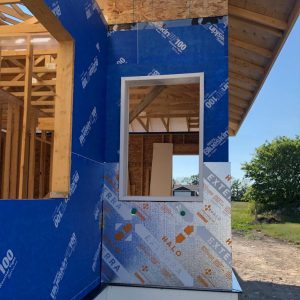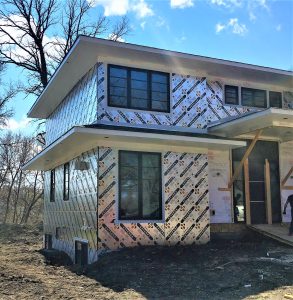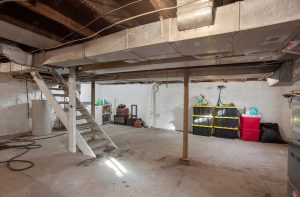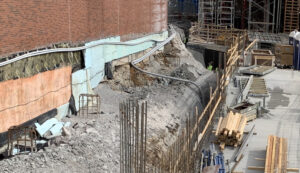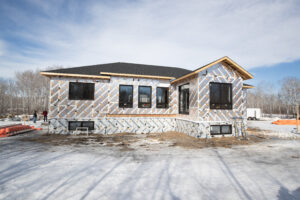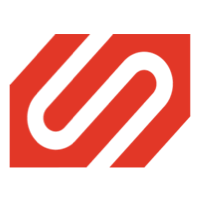
What Is Advanced Framing and Does It Impact Foam Board Insulation?
Advanced Framing — aka Optimum Value Engineering (OVE) — is a wood-frame construction method that’s meant to reduce the amount of lumber used to build a structure and enhance the home’s energy efficiency.
The Advanced Framing technique generally requires more insulation to be used in the place of lumber; this offers an opportunity to further boost the building’s energy performance.
If you’re wondering whether Advanced Framing is a method worth pursuing on your next project, you’re in the right place. Our post below will explain the method thoroughly, walk you through its pros and cons, and explain the impact on foam board insulation and the home’s energy performance.
What Is Advanced Framing?
Advanced Framing is a combination of building methods that aim to curb lumber use in wood-framed homes. Advanced Framing methods include:
- Designing homes with 2-foot modules. Doing so reduces waste, shortens installation times, and allows for simple fastening of sheathing and foam board insulation products.
- 24-inch stud spacing. By designing homes with 24-inch stud spacing instead placing studs 16 inches on center, you can save lumber and reduce thermal bridging. 2 X 6 studs are required.
- 24-inch floor joist and roof rafter spacing. Again, opting for wider spacing between structural members reduces the amount of lumber used in construction.
- Design homes with in-line framing. With all framing members (i.e. rafters, joists, and studs) positioned directly on top of one another, there’s a simple load path that doesn’t require any additional support.
- Use single headers and top plates. Structures with single plates slash the amount of lumber used in construction.
- Choose 2-stud corners. This is as much a resource consumption optimization as it is a durability upgrade. Not only does a 2-stud corner require less lumber to frame, it also provides fewer connections to drywall. This, in turn, means fewer places drywall can crack as the studs expand and contract with changing moisture content.
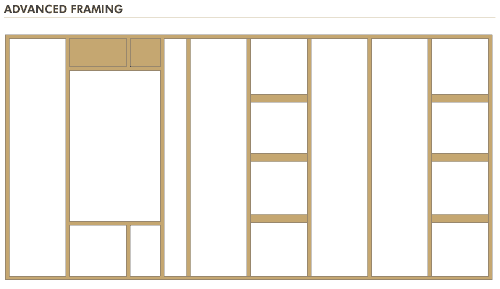
How Does Advanced Framing Impact Foam Board Insulation?
Many builders who employ Advanced Framing techniques turn to an important benefit of this framing method — the ability to use insulating sheathing. In this configuration, an exterior insulation product (such as Halo’s Exterra) is used as a sheathing material. Its taped exterior face comprises the water control layer.
Because insulation sheathing doesn’t provide any racking or shear resistance, frames with this element are often reinforced with Braced Wall Panels (BWPs).
These BWPs typically comprise sheets of OSB or plywood, which the crews install at the frame’s corners. In regions with a high risk of seismic activity or strong winds, the practice of insulating sheathing may be banned altogether.
Is Advanced Framing Strong?
Yes, Advanced Framing is strong.
In most cases, Advanced Framing offers sufficient support for load paths in a residential wood-framed dwelling. That said, OVE is typically not considered strong enough to withstand lateral forces exerted by a powerful earthquake or strong winds.
That’s why Advanced Framing is generally frowned upon — if not banned outright — by local building authorities in seismic hazard zones and regions with powerful winds.
Note that even in areas where winds and earthquakes don’t pose a major threat, some building inspectors may need some convincing before going along with an Advanced Framing design.
Wrapping It Up
Advanced Framing, or Optimum Value Engineering, gives builders a chance to use less materials during construction, reduce waste, and build homes that are more efficient.
Notably, OVE methods help builders reduce thermal bridging by replacing heat-conducting studs with more insulation.
On the downside, OVE techniques are not always suitable when the building needs to meet robust lateral-force-resisting requirements.
If you’re not sure whether Advanced Framing makes sense in your region, study the applicable code sections or speak with your local building officials.

Don't miss a thing!
Subscribe for exclusive content, insider industry news and limited edition webcasts.

